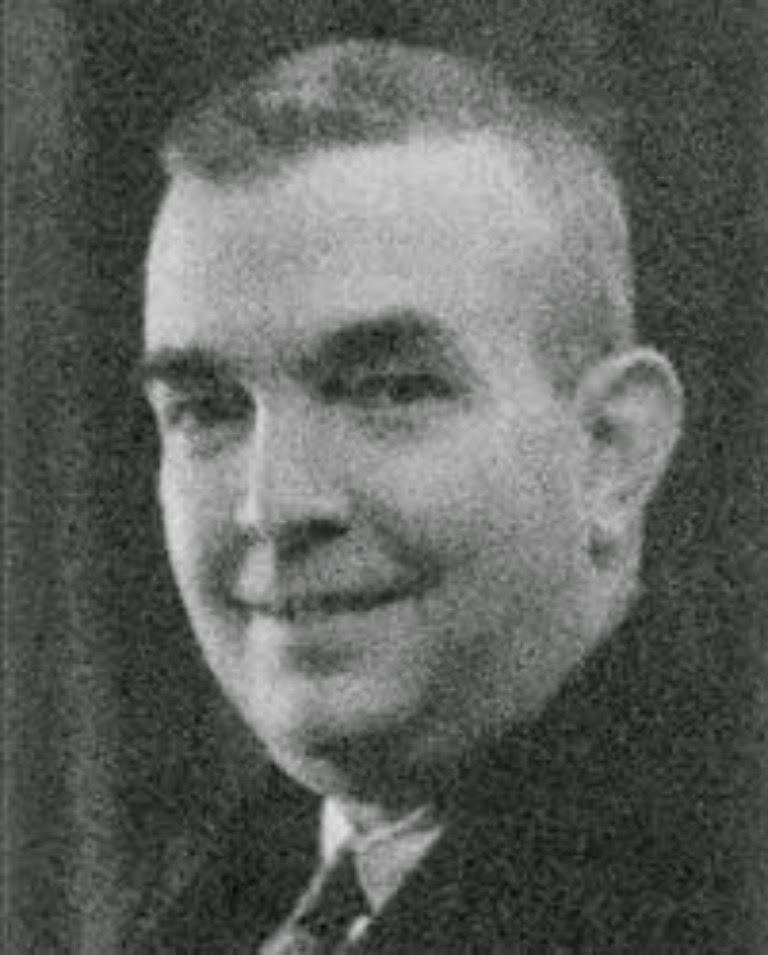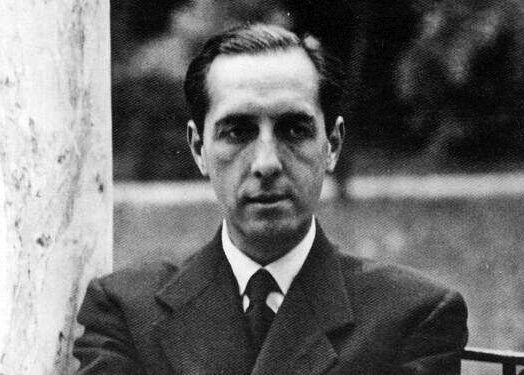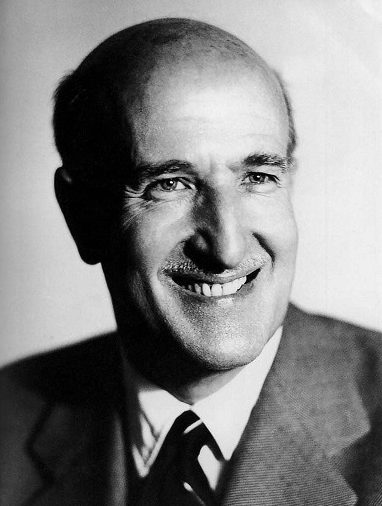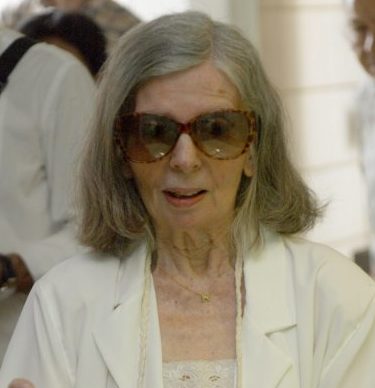Engineer, politician and writer, member of a family of aristocrats: his father was Baron of Andilla and his mother was a descendant of Diego de Marcilla, one of the Lovers of Teruel. He was shot at the beginning of the Civil War in Granada.
He developed the main projects that raised the province to the category of tourist destination: he designed and built the road to Sierra Nevada, then the highest in Europe; he built the Alhambra Palace Hotel on the hill of the Alhambra; he started the Sierra Nevada Tramway and designed the port of Motril.
After going to high school in Madrid and continuing his studies at the Special School for Engineers, he settled in Granada where he developed the main projects that elevated the province to the category of tourist destination: he designed and built the road to Sierra Nevada, then the highest in Europe; he built the Alhambra Palace Hotel on the hill of the Alhambra; he designed the port of Motril, and was involved in the construction of the Cubillas reservoir and the layout of the Camino de Ronda Street. Few technicians have had such an active participation in key works that have defined the visual character of the province.
He was also an active member of the Granada of the Silver Age: he was president of the Centro Artístico (1928-1930) and a regular attendee of the El Rinconcillo tertulia, along with Lorca, Manuel Ángeles Ortiz, Francisco Soriano Lapresa, Ismael de la Serna, Constantino Ruiz Carnero, Hermenegildo Lanz and Ángel Barrios, among others. He was a member of the Constituent Courts of the Second Republic and of the group of Intellectuals at the Service of the Republic, which was promoted by Ortega y Gasset. After rejecting the invitation of Manuel Azaña to become Minister of Public Works, he focused on his professional activity.
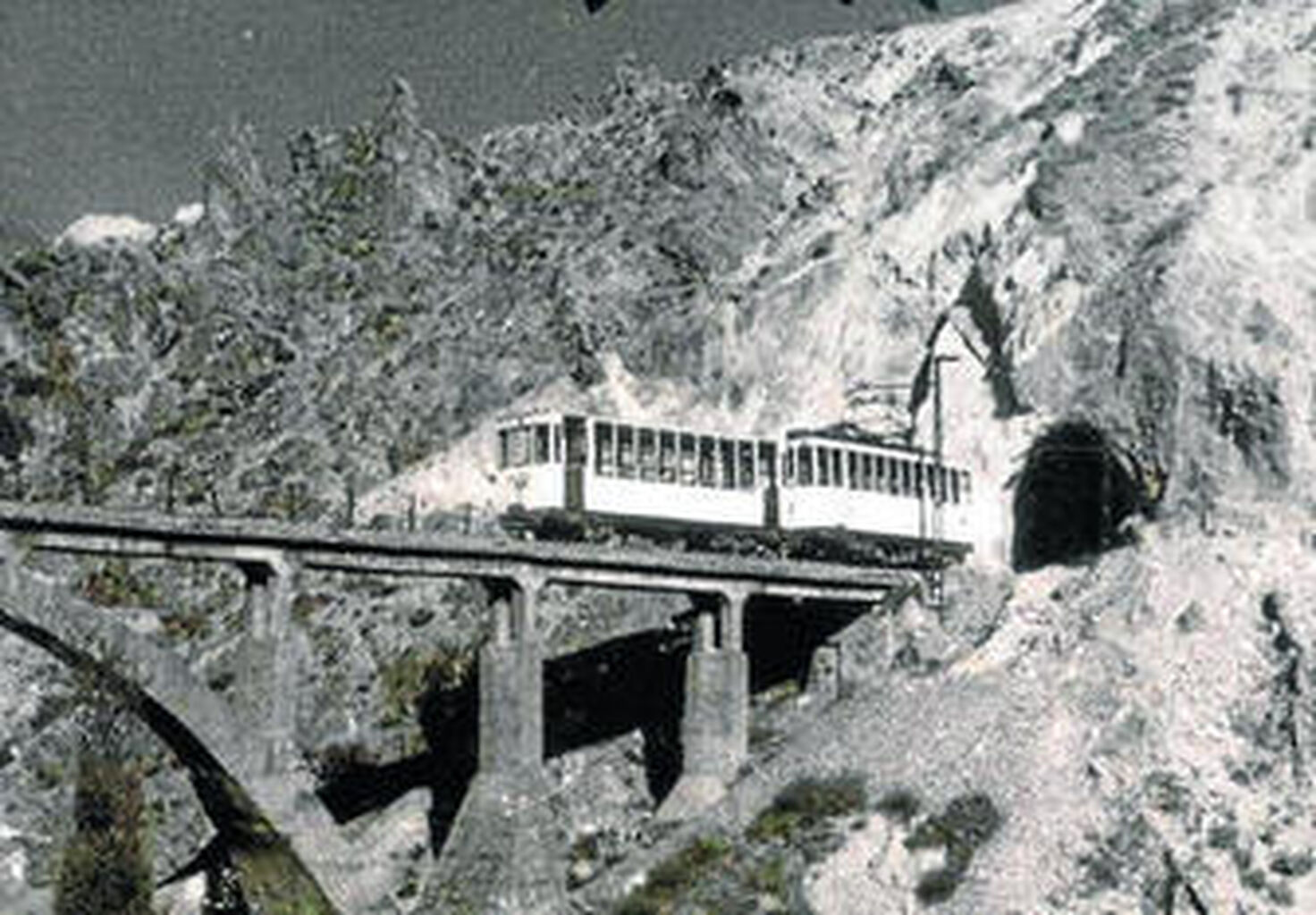
Together with José Quesada Cañaveral y Piédrola, Duke of San Pedro de Galatino, he undertook one of the most ambitious engineering projects of his time: the construction of the road between Granada and the peak of Veleta, the second summit of Sierra Nevada. The road, still lacking some connections, was inaugurated on September 15, 1935, just eleven months before his execution by firing squad. He also started the tramway between Granada and Maitena, in the foothills of the Sierra Nevada mountain range.
His arrest and murder is one of the darkest chapters of the repression that followed the coup against the Republic. The military arrested him with the fantastic accusation that he was preparing to use explosives to blow up the vault of Granada over the Darro River that was one of the backbones of the city. On August 1, he was subjected to a gruesome summary trial and sentenced to death along with the president of the Diputación Provincial, the socialist Virgilio Castilla; the civil governor César Torres Martínez (the only one who escaped the firing squad); the CNT unionist José Alcántara and the UGT leader Antonio Rus Romero.
Before being shot dead at the cemetery, he asked to marry his partner, the dancer Antonia Heredia, with whom he had a daughter, to whom he addressed an unforgettable letter: “Dear daughter, I am leaving without seeing you. I need all my courage and seeing that I lost you I could not have it. Be good, do no harm; be patient with your mother and respect her. Work at something, paint and sing in memory of me. Hate everything that represents harm and blood and remember those who leave you fatherless; do not hate them, but avoid them. As I enter eternity I kiss you with all the affection that your father had for you, for whom you were everything and who in his last moment will remember you. (August 2, 1936)”.
Juan José Santa Cruz, once before the firing squad, refused the executioner’s handkerchief: he died with his eyes open.
